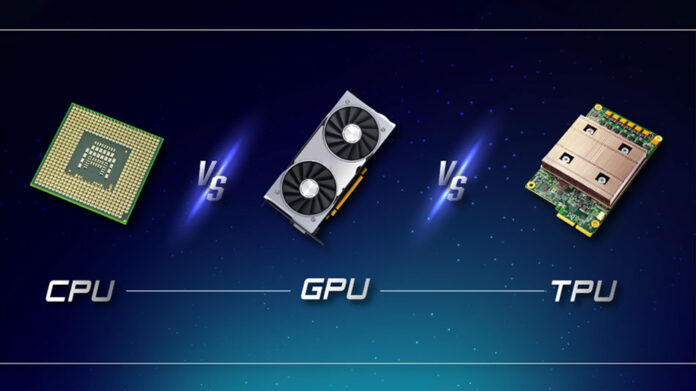Table of Contents
In recent years, TPU as a new polymer materials industry in the sunrise industry, in the downstream application field is very broad, covering electronic injection molding, daily consumer goods, industry, construction, medical, military, automotive, agriculture, and many other fields.
Material Characteristics
Thermoplastic polyurethane elastomer, also known as thermoplastic polyurethane rubber and abbreviated as TPU, is a type of (AB)n segment linear polymer and falls under the category of polyurethane elastomers. Due to its outstanding properties and extensive applications, it is hailed as the “fifth major plastic.”
Based on good performance and environmental advantages, TPU can effectively replace traditional materials such as PVC, rubber, EVA, and silicone. It meets the requirements of circular economy and sustainable development and is also one of the main development directions of new materials in the future.
TPU plastic raw materials with excellent wear resistance, more than five times the wear resistance of natural rubber, wear-resistant products are one of the preferred materials. At the same time, its tensile strength is up to 70MPa, and elongation at break can be as high as 1000%. Generally speaking, TPU has a high tear resistance and tear strength, and some commonly used rubber and plastic comparisons are excellent.
Processing Methods
The most suitable processing means for thermoplastic polyurethane (TPU) is injection molding, TPU injection molding, dry and preheated TPU granules from the injection molding machine hopper into the heated barrel, were molten, by the screw (or plunger) propulsion and the nozzle at the front end of the barrel injected into the closed mold at a relatively low temperature, filled with mold cavities, and cooled and cured under pressure, and then de-molded to obtain the same TPU products with the model cavity. After demolding, the same TPU product as the model cavity is obtained.
TPU injection molding with the usual length of the single-threaded, three-stage screw can well plasticize a uniform melt. If a high plasticizing capacity (production volume) is required, longer screws can be used. Short compression zone screws are not suitable due to high shear forces.TPU plasticizing requires high energy and requires a high torque drive for the screw.
Insufficient torque results in fluctuating screw speeds and uneven plasticization. Within limits, higher barrel temperatures produce good results, although there is a risk of overheating the material. The access to the nozzle and screw head should be designed so that there is no dead space and the material can be injected without thermal damage. Accurate temperature control of the barrel and nozzle heating system is essential.
Care should be taken to ensure that the nozzle is heated uniformly over its entire length. Beware of localized overheating and possible cooling of the melt in the path. The molten TPU is neither corrosive nor abrasive and for these reasons, the screw does not require any special alloy steel or reinforcing plating.
Conditions for the TPU injection molding process
Injection Temperature
This is one of the key factors affecting the quality of TPU products, the melting point of TPU materials is low, the injection temperature is too high will lead to material deterioration, and too low will lead to product surface defects and dimensional deviations.
In general, TPU injection molding temperature control between 200C ~ 240°C is more appropriate.
Mold Temperature
Normal mold temperature should be 20-40°C. However, with some modified TPU grades and the use of glass filament-filled reinforced TPU, the TPU mold temperature should be increased to 60°C to ensure the best surface quality. For cooling of thick-walled items, a reduction of approximately 5°C can reduce cycle time.
Injection Speed
Generally speaking, it is more appropriate to control the TPU injection speed between 5cm/s~20cm/s. Too fast injection speed will lead to uneven material flow, short shots, bubbles, and other defects, too slow will lead to surface defects and dimensional deviations.
Injection Pressure
The greater influence is exerted on the spatial stability and mold release. Molding too high injection pressure, while too low to maintain the pressure to produce dents, exacerbating the difficulty of demolding. Generally speaking, TPU injection pressure control between 50Mpa ~ and 100Mpa is more appropriate.
Cooling Time
Cooling time is one of the key factors to control the size and surface quality of TPU products. If the cooling time is too short, it will lead to incomplete curing of the product and visible defects such as melt marks and deformation, if it is too long, it will lead to prolonged cycle time and reduced productivity. 10s~60s is the optimal cooling time for TPU products.
Market Development Status
Advanced Technology:
TPU plastic materials have stainless steel toughness, high and low-temperature resistance, anti-aging, impact resistance, folding resistance, good ductility, etc. With outstanding mechanical and heat-resistant properties, strong elasticity, and stretch, according to customer needs provide the appropriate anti-aging properties of high-performance products and solutions.
Global Development:
With the wide application of TPU plastic materials, there is also a rapid development of related materials worldwide, slowly forming a global market. In the European market, British Ace Coatings is the largest supplier in the TPU plastic materials market, in the U.S. market, polytetrafluoroethylene products occupy the relevant market, and in the Japanese market, plastic raw materials suppliers also occupy a certain market share.
China Market:
The current market status of TPU plastic materials in China shows that the market has a good development trend and the market demand is growing significantly. Meanwhile, with the continuous development of the domestic market, along with the diversified and diversified acceptance of TPU plastic materials by consumers, TPU plastic materials will develop into the largest market.
Conclusion
In summary, TPU, as a copolymer composed of polyester or polyether and polyurethane, can be molded after being plasticized by heating. It possesses excellent elasticity and wear resistance, making it an ideal premium material required for modern industrial and daily life production.
TPU is a high-speed development of the industry, and related to new technologies, new products, and new applications continue to emerge, The use of TPU extends to almost every industry and has been widely used in footwear, apparel, film and automotive, construction, medicine and health, defense and sports and leisure and many other fields.















